NEW: Find your perfect tool with our matching quiz


Bubble.io is the most flexible and powerful app development tool on the No Code market, with 800+ integrations with external services. It is at the same time of the most difficult to use. However, it does have a detailed Academy page full of learning resources and a forum where members of the community can help each other. The tool has a free plan too.
The Bubble platform is one of the best paths into making your own apps instead of learning how to code or hiring a developer. The customization options for Bubble apps are plentiful and the tool can be used for an incredible array of use cases.
However, the flexibility comes with a steep learning curve as well – you would probably struggle to find an even experienced developer who would deem the tool easy to use. On the other hand, once you do understand how the platform works, you will enjoy baking powerful web apps quickly and exactly how you want them.
The biggest flaw of the platform is that it cannot be used for building mobile apps, so if you need a web and mobile app in the same package, we recommend using Zoho Creator.
Read our Bubble.io review to learn more.
There is no doubt that Bubble is the most powerful No Code tool on the market. On the one hand, it can be used to make enterprise-grade professional software, on the other, it can help you automate some of your personal daily tasks too. Bubble offers you the possibility to build kick-ass web applications for every use case.
Comparing Bubble to its competitors, the former certainly has the largest availability of supplements to your app. These include integrations with external services such as Stripe, Discord, Make, Mailchimp and more. Adding to that, the tool’s productive community has developed a plethora of plugins allowing you to add functions that get your app running just the way you want it.
The free plan of Bubble gives you access to almost all of the functions available in paid plans, allowing you to learn the platform and build your app without paying a cent. However, to deploy your app (so it could be used by customers), you will need to upgrade.
The speed of websites built with Bubble is comparatively slow, which negatively affects the user experience and, in turn, the SEO performance of your site. As a result, we recommend creating a landing page for your web app with a specialized website builder, such as Webflow or Zyro (Hostinger Website Builder).
Even though the tool allows you to create a Bubble app significantly faster and easier than compared to traditional coding, the tool’s customizability means that you will be spending a lot of time learning its ins and outs. If you are a non-technical person, it would be easier to start your development journey with more user-friendly tools such as Adalo or Appy Pie.
At the moment, the tool does not have native capabilities for mobile app development and the user is limited to building web apps only. Even though you can circumvent the limitation with a third party service that provides a mobile wrapper for your web app, it’s a less-than-optimal solution. Other tools such as Adalo or Appy Pie are significantly better at building mobile apps.
The free plan of Bubble is pretty powerful, with most functions of the platform unlocked from the get go, with the exception of the API connector, which allows you to connect your Bubble app with external services. However, you can still use the native integrations available on the tool. The plan can only be used for learning and testing, since publishing apps for the public is not available.
If you want to build and publish a basic web app, you will need the Personal plan starting at $25/month. It will unlock the possibility to publish your app on the web with a custom domain (if you wish to), set up scheduled and recurring workflows. You will also be able to export your data as a .CSV file.
If you are a part on an agency or company that has multiple developers at the same time, you will need the Professional plan for $115/mo which allows 2 editors to work on an app. It also provides more servers and file storage, together with 14-day logs, which should be plenty for most apps.
All plans are billed on a per-app basis.


The Bubble app builder has probably the most extensive selection of integrations, plugins and templates in the market. It can be integrated with all of the popular tools that your app might need.
If a native integration does not exist, Bubble can be connected to an external tool or database using the API connector available in paid plans.
Make is an automation platform that allows you to automate repetitive actions and save time. Integrating the app builder with Make allows you to create custom workflows that connect different apps and services together to perform automatic actions. This can save time and increase efficiency.
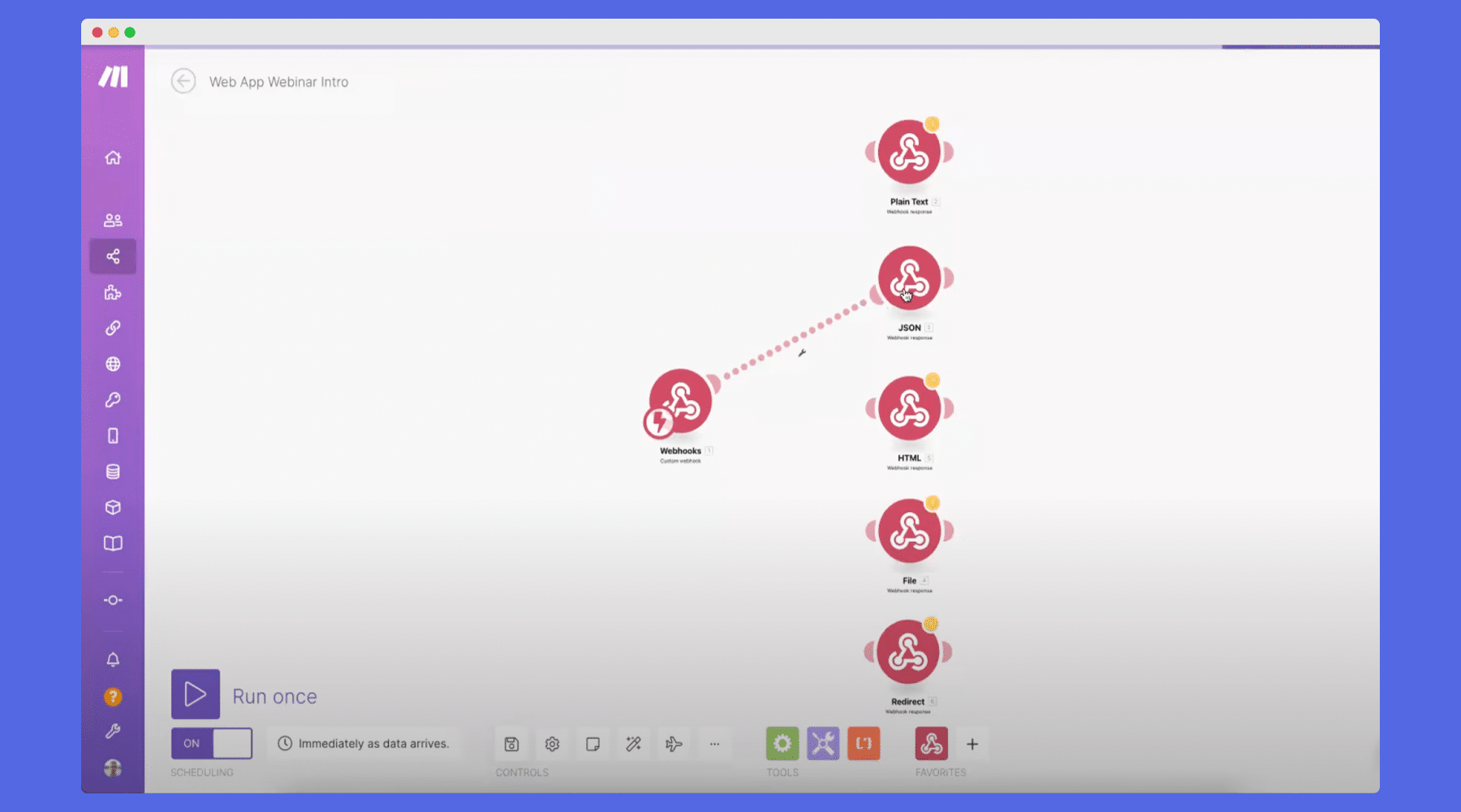
It can also be used to synchronize data between the app builder and other apps and services, such as a CRM or a database. This ensures that data is always up-to-date and accurate.
For example, you can send yourself a Slack message as soon as a new user completes a form on your app, with the most important information from the form included in the message.
Omnisend is an email marketing tool that allows you to create and send targeted email campaigns to users. Use Bubble.io with Omnisend to automatically send email notifications to the users of your app.
For example, they can receive an email when they complete certain actions such as creating a user or reaching a certain milestone.
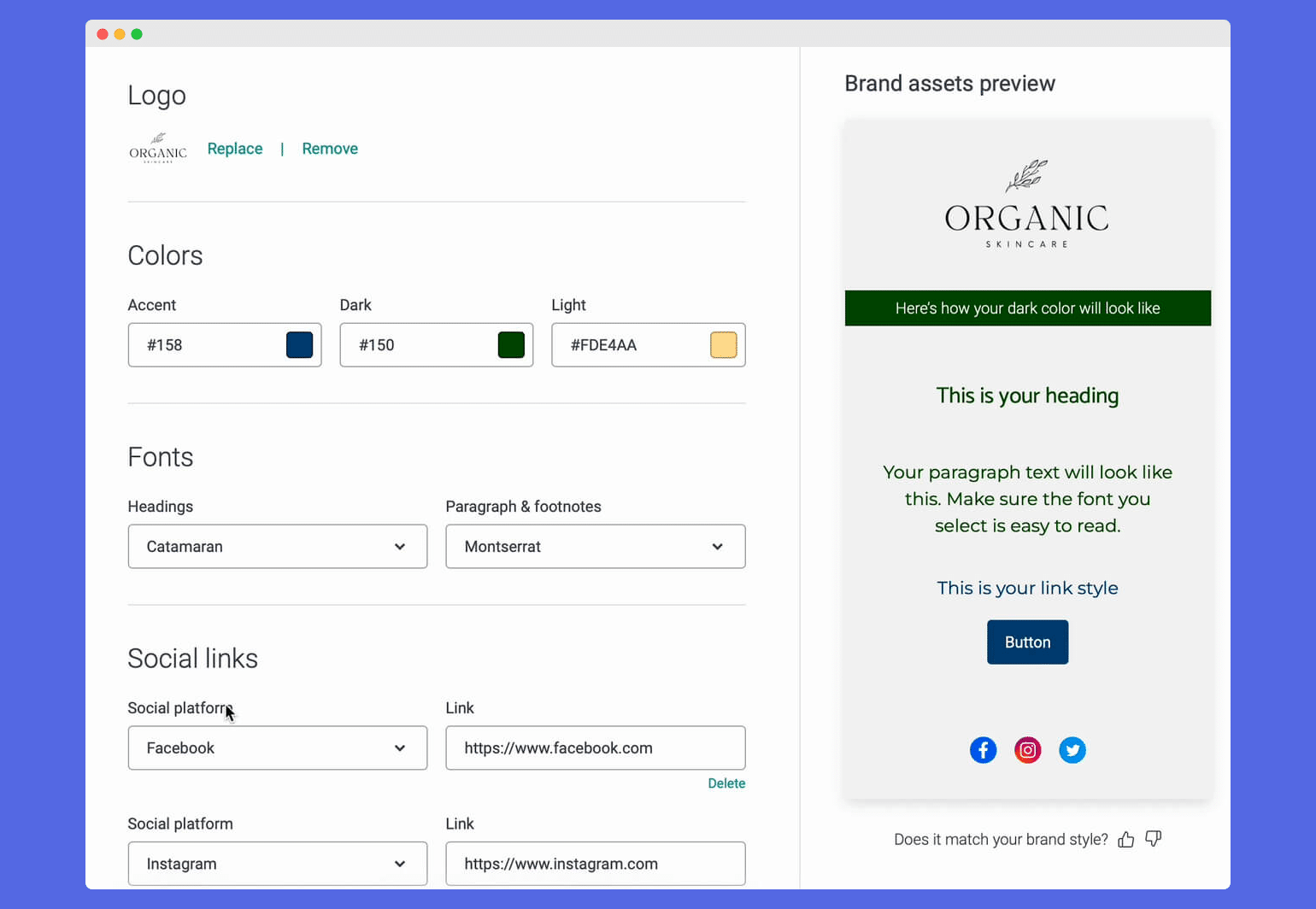
Ease of use is one of the most important factors when we judge a tool, including this Bubble.io review.
The Bubble platform has numerous templates and drag-and-drop functionality that allows users to create a fully functioning app without writing any code. From that perspective, using Bubble is significantly easier than coding.
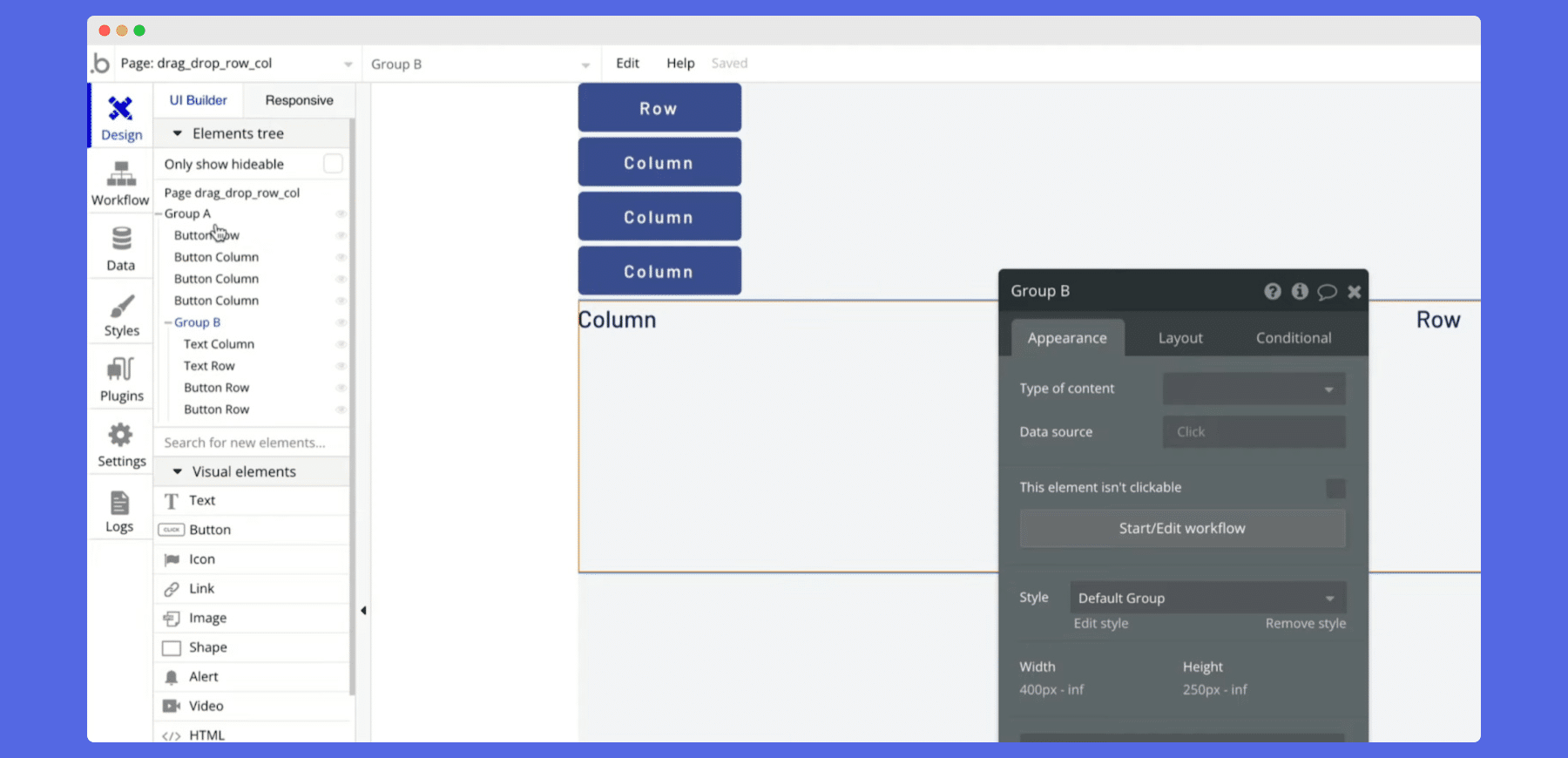
However, when compared to other app builders in the market, it is one of the most difficult ones to use, mostly because it offers so many customization options.
| Best for award | Best for a tight budget | Best WordPress plugin | Best design flexibility | Easiest web app builder | Best for launching a web quickly |
Best for total beginners |
|---|---|---|---|---|---|---|
| Overall Rating | ||||||
| Free Plan | ||||||
| Youtube Bootcamp | ||||||
| Ease of Use | 4.5 | 4.5 | 3.5 | 4.5 | 4.5 | 4.5 |
| Cost-Effectiveness | 5 | 4.5 | 4 | 3.5 | 4 | 4 |
| SEO | 4 | 4 | 5 | 4.5 | 3 | 3.5 |
| Support and Community |
4 | 4 | 4.5 | 4 | 3.5 | 4.5 |
| Design Flexibility | 4 | 4 | 5 | 3.5 | 3 | 4 |
| Speed | 4.5 | 3 | 4.5 | 4.5 | 5 | 3.5 |
| Visit Zyro | Visit Elementor | Visit Webflow | Visit Softr | Visit Umso | Visit Wix |
Bubble is most powerful in the hands of an experienced developer, who knows exactly what to do with a blank canvas in front of them. They will appreciate the time savings the tool brings when compared to traditional coding and how much easier quality assurance becomes with No Code.
If you work for an agency or a corporation, Bubble will be an excellent tool for many use cases ranging from a minimum viable product to a full-scale project management system for internal use. The platform can also be connected to the services your company already uses with the API connector available with the paid plans.
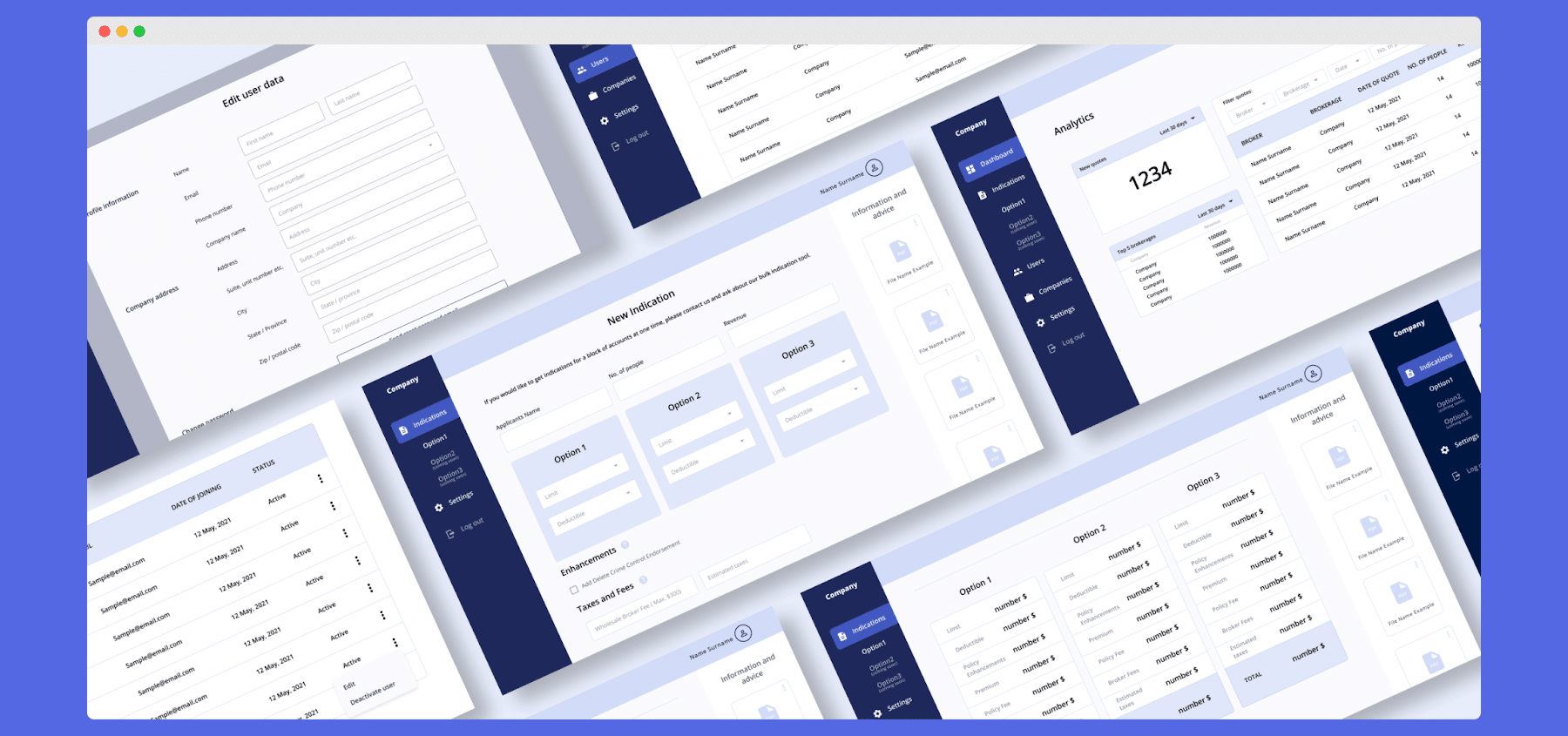
The wide integration library of Bubble, together with its API connector, makes it one of the most adaptable tools on the market. If your app needs to be an intermediary between various online services, Bubble is a great choice.
For a new user with no prior knowledge of databases and building apps, cracking Bubble will be a challenge. Even though the Bubble academy features interactive lessons and the community support is strong, we would suggest starting from easier tools such as Adalo.
Building a website with Bubble certainly is possible, but the process will be more efficient and less painful with a dedicated builder like Webflow. The results will be better too, with better performance and more attractive aesthetics available in these tools.
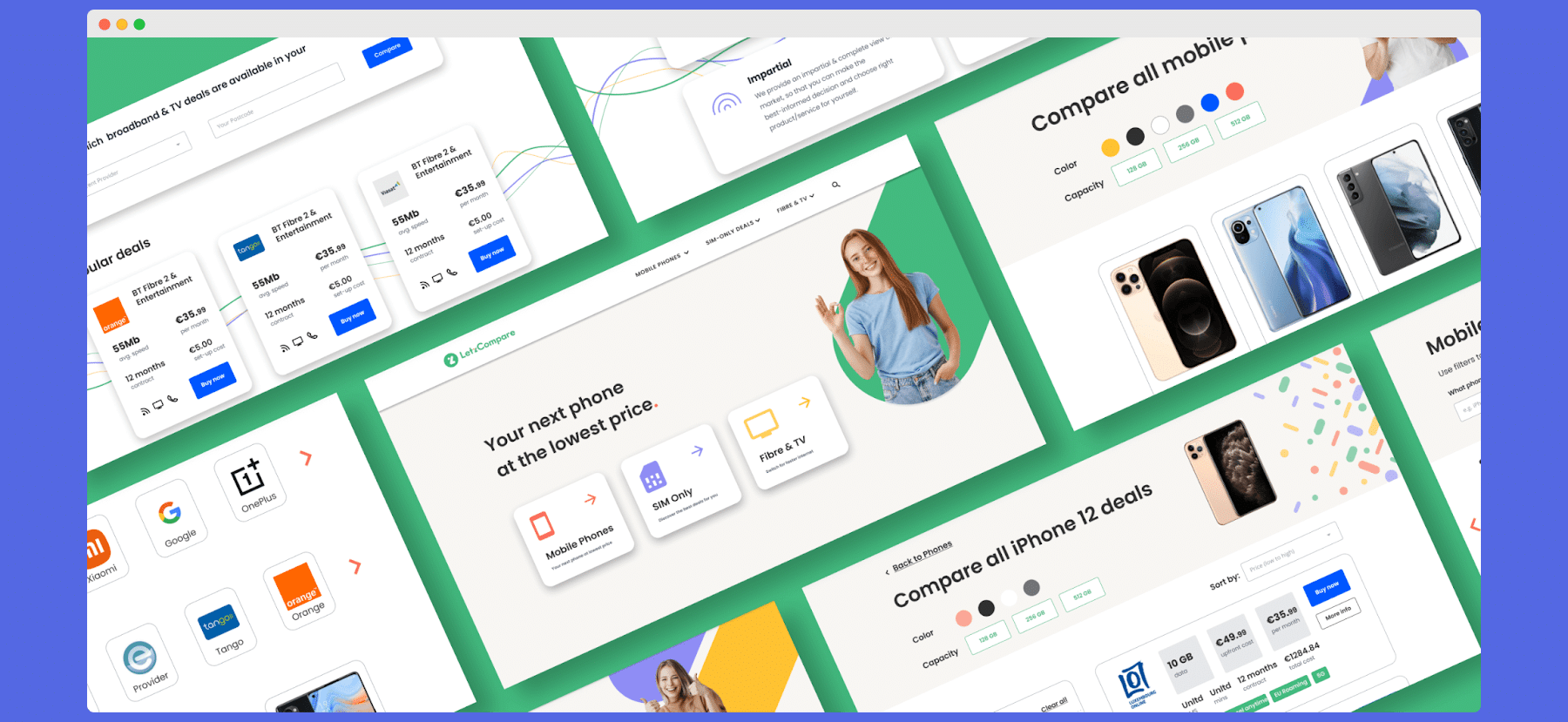
Currently, building a native mobile app with Bubble is not possible. If you need such functionality, choose Appy Pie or Adalo instead.
In conclusion for this Bubble review, it is a powerful No Code platform that empowers users to create and launch powerful web applications much faster than with coding. Its visual programming interface, pre-built templates and integrations with third-party services make it possible for non-developers to create complex and interactive applications without the need for coding.
With the ability to customize UI elements and workflows, and the option for advanced users to incorporate custom code, Bubble.io offers a versatile platform for web application development. Its affordable pricing and community support make it a viable option for both startups and established businesses looking to build their own applications.
Overall, Bubble.io offers a promising solution for those seeking to bring their web app ideas to life, even without prior coding knowledge or experience.
Each review is co-written by the founders of software development agencies with years of
experience in the field. With a focus on ease of use, cost-effectiveness and available
features, our reviews provide you an insight on what tool suits you best in each particular
situation.